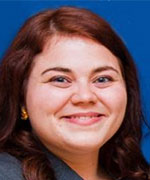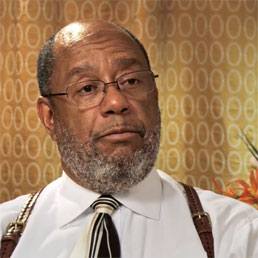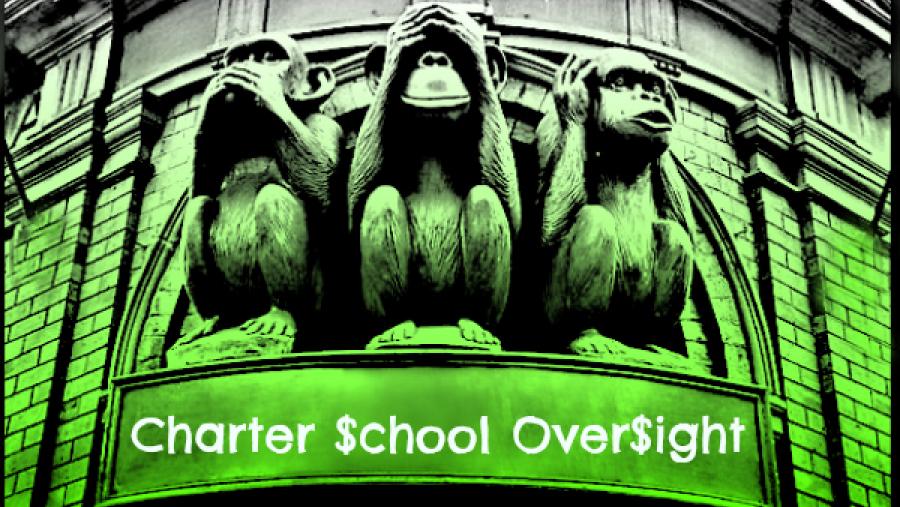Media Matters: Reporting on Corporate Reform and Omitting Walton, Gates, and Broad

Pam Vogel is the education program director of the nonprofit, Media Matters. She has been with Media Matters since August 2015. Her previous experience includes four months in 2014 as an intern in the office of Vice President Joe Biden. For another six months in 2014, Vogel interned at the Clinton Foundation. Vogel graduated from Whitesboro High School (NY) in 2008; Vasser College in 2012, and Teachers College in 2014.
On April 27, 2016, Vogel published this piece for Media Matters, entitled, “Here Are The Corporations And Right-Wing Funders Backing The Education Reform Movement: A Guide To The Funders Behind A Tangled Network Of Advocacy, Research, Media, And Profiteering That’s Taking Over Public Education.”
Now, from the title, it sounds like Vogel’s piece is exhaustive– “a guide to the funders.” However, as one continues reading, one finds this summation:
Media Matters outlines the many overlapping connections in an echo chamber of education privatization advocacy groups, think tanks, and media outlets that are increasingly funded by a handful of conservative billionaires and for-profit education companies — often without proper disclosure.
Interestingly enough, Vogel’s “many overlapping connections” fails to include the Big Three corporate-reform-purchasing philanthropies: Gates, Walton, and Broad.
Amazing.
But she does include such notable names as the Scaife Foundations, Thomas A Roe Foundation, and Adolph Coors Foundation. (Tongue in cheek, my friends. Tongue in cheek.)
Also remarkable is that Vogel includes the Thomas B. Fordham Foundation, which has received to date $2.6 million from the Gates Foundation just to remain in existence (i.e., for “general operating support”). She also includes Stand for Children (to date, $17 million from Gates). Still, Vogel omits Gates.
What else is noteworthy is that Vogel includes Campbell Brown’s The 74 but omits Peter Cunningham’s Education Post (which is really Results in Education Foundation, or RIEF). These two peas share a pod, with Ed Post carrying articles originally fromThe 74 and The 74 offering the disclaimer, “Disclosure: The 74 sometimes partners with Education Post to share content.”
The 74‘s funders include the Walton Foundation and Bloomberg Philanthropies, same as RIEF–uh– Ed Post.
In Vogel’s report, The 74 is shamed and Ed Post escapes.
In addition, Vogel makes no mention of the corporate reform money and proselyte funnel, Teach for America (TFA), which is Walton-Broad-Gates-funded ($5 million Media Matters: Reporting on Corporate Reform and Omitting Walton, Gates, and Broad | deutsch29:























